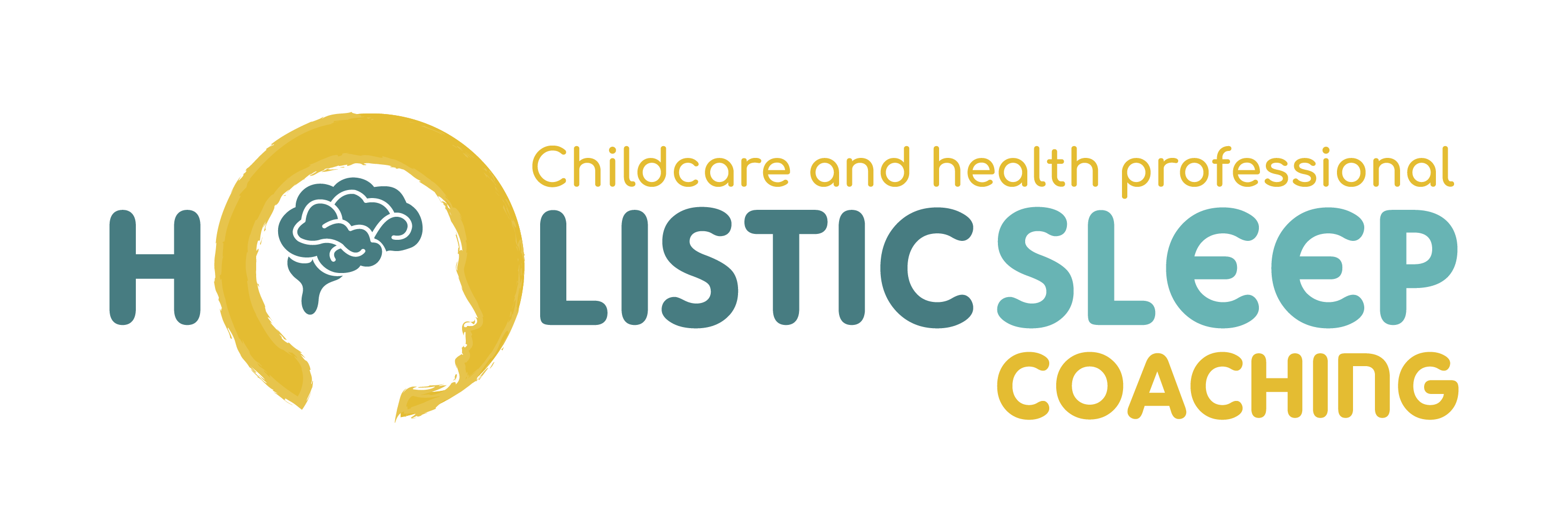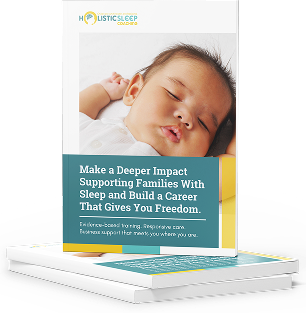If you’re just starting out as a sleep consultant, chances are you’ve asked yourself:
“Do I really need a website?”
Some people build one before working with a single client. Others delay it for months, feeling like they’re hiding from their audience.
I’ve been there too. My first website? It looked nice but it didn’t work. It didn’t guide people to the next step, and it definitely didn’t bring in clients.
So let’s break it all down:
- When a website can help you grow
- When it might slow you down
- What to include on your first site (and what can wait)
🎥 Prefer to watch instead? I walk through this step-by-step in the video below.
Table of Contents
- When You Actually Need a Website
- What to Include on Your Starter Website
- Nice-to-Have (But Not Essential) Pages
- How to Build a Website Without Getting Stuck
- Final Thoughts and Free Clarity Call
When You Actually Need a Website
Here’s the truth: you don’t need a website to start working with clients.
Most parents today aren’t searching Google for a sleep coach, they’re on Instagram, in Facebook groups, or messaging their friends at 2 a.m.
So if you’re still figuring out your offers, showing up on social media with a clear message and a way to book a call is enough.
But… that doesn’t mean a website isn’t valuable.
When you’re ready to grow beyond word-of-mouth, your website becomes a trust-builder.
It becomes:
- One clear place to learn about you
- A way to show your process and services
- A space where someone can take action without scrolling your entire feed
For a clear path to early clients without a website, you might also find this post helpful: How to Secure Your First Five Clients as a Sleep Consultant
What to Include on Your Starter Website
Let’s say you are ready to build. What should your site include?
Home Page
Your homepage has one job: guide the right person to the next step.
That means in just a few seconds, your ideal client should know:
- Who this site is for
- What kind of support you offer
- What to do next
Here’s how to build it:
- A Clear, Calm Headline: Example: “Gentle sleep support for exhausted parents. Evidence-based help to improve sleep without leaving your baby to cry it out.”
- One Clear CTA Button: Example: “Book Your Free Discovery Call”
- Short Introduction Section: Just a few lines about who you are and what you do
- Snapshot of Services: A visual preview of how you help
- Testimonial: A strong quote showing transformation
- Second CTA: A gentle nudge at the bottom like “Ready to feel more confident about your child’s sleep? Book a call.”
Packages or Services Page
Here’s where you show what’s possible and help clients see themselves in your offers.
Use three clear packages based on the Goldilocks Principle:
- Quick Win: A low-commitment call to address a specific challenge
- Core Support: Your signature package with consultation, plan, and follow-up
- Deep Dive: A premium, high-touch option for full transformation
For each offer, include:
- What’s included (in plain language)
- Who it’s for
- What it helps with
- One clear CTA
If you’re looking to refine your offers, check out How to Price and Package Sleep Coaching Offers
About Page
This page builds connection. Focus on:
- Your “why”
- Your philosophy or sleep support approach
- Relevant experience or credentials
- A gentle CTA: “If this sounds like the support you’re looking for, I’d love to connect.”
To go deeper into how your “why” connects to your business success, you may enjoy: The Secret to Thriving in Sleep Consulting
Contact Page
Keep it simple:
- Friendly intro text
- Name, email, message form
- No need to ask about sleep issues yet — keep that for the call
Discovery Call Page
This is your low-pressure next step page:
- A warm intro: “This is a free 20-minute discovery call to explore your child’s sleep and whether we’re a good fit to work together.”
- Embed your calendar with tools like Calendly or Acuity
- Make it easy to schedule a call
Nice-to-Have (But Not Essential) Pages
Once your site is working and your services are validated, you can add:
Testimonials Page
A “wall” of social proof. Even one strong quote can increase conversions. Use photos and first names to build trust or even a casual 20-second phone video.
FAQ Page
Start adding these when you hear repeat questions like:
- “Do you use cry-it-out?”
- “Can I work with you if I’m breastfeeding?”
- “Do you guarantee results?”
Let your FAQ page reduce hesitation and increase trust.
Blog
A great tool for SEO and long-term trust building but don’t start here. Add this once your homepage and packages are converting well.
To learn how blogging fits into an SEO strategy, read: 14 Steps to Building Your Sleep Consultancy Business
How to Build a Website Without Getting Stuck
You don’t need to hire a designer. Tools like Squarespace or Wix make it easy to drag and drop your content into a clean, professional design.
They’re:
- Beginner-friendly
- Affordable
- Mobile-optimised
- Easy to update as your offers evolve
This gives you full control even if you’re not “techy.”
Final Thoughts and Free Clarity Call
Your website doesn’t have to be perfect. It just has to exist.
As Reid Hoffman said:
“If you’re not embarrassed by the first version of your product, you launched too late.”
Your first site may feel clunky or awkward. That’s okay.
You can refine it later but for now, give people a place to find you and take action.
👉 Book a free clarity call to map out your next steps and see how the Holistic Sleep Coaching Program can support your growth.
FAQs
What platform is best for building a sleep consultant website?
Squarespace, Wix, and Showit are all beginner-friendly options that don’t require coding. They offer templates, mobile optimisation, and built-in hosting.
How many packages should I list on my site?
Three is ideal. Use the Goldilocks principle: a small “quick win,” a medium “core offer,” and a larger “premium package.” This structure helps overwhelmed clients make faster decisions.
What if I’m still figuring out my offers?
That’s completely fine. Start with social media and discovery calls. Once your offers feel clear and validated, you’ll be ready to translate them onto your website.
Is blogging necessary from the start?
No. It’s helpful for long-term SEO, but focus on your homepage, packages, and call-to-action flow first. Blogging is a great next layer, not the foundation.

